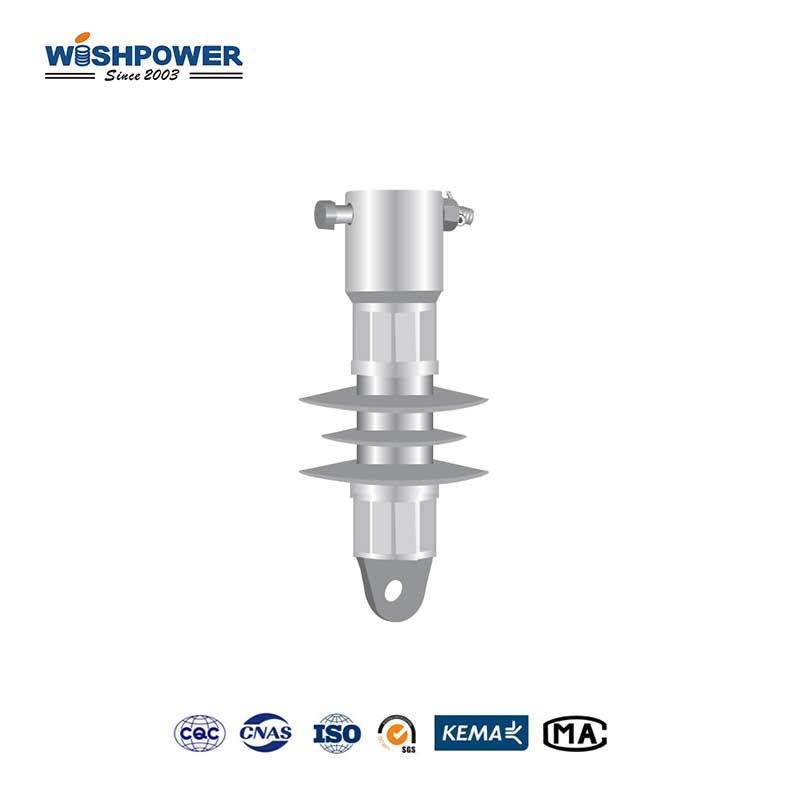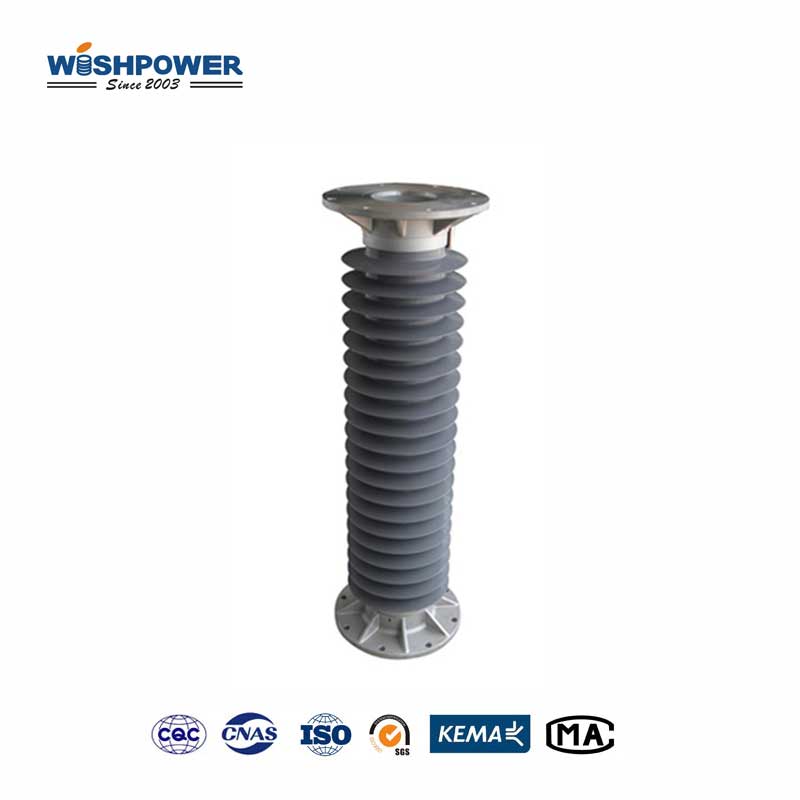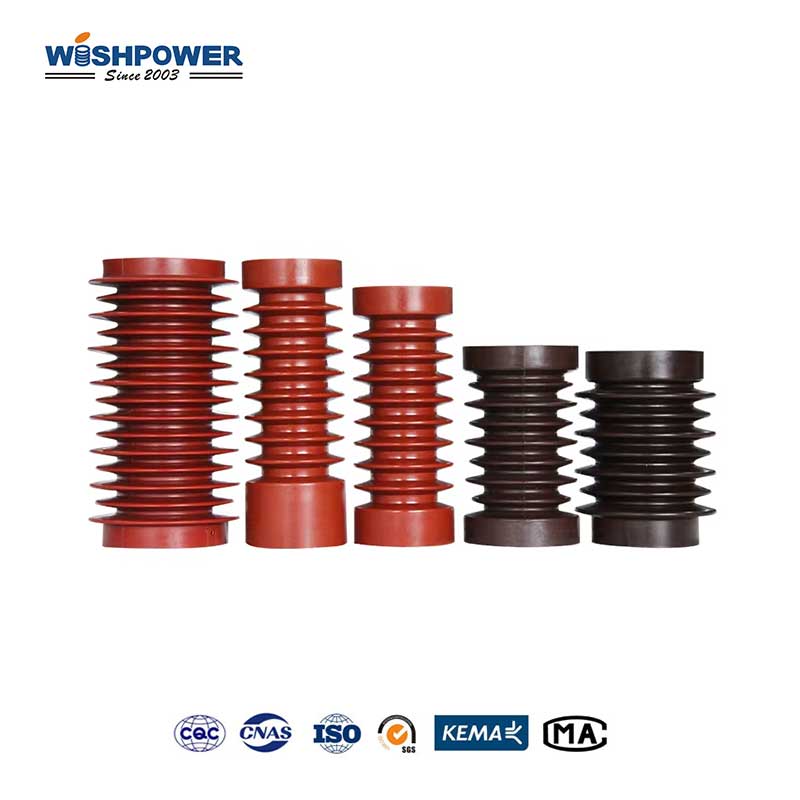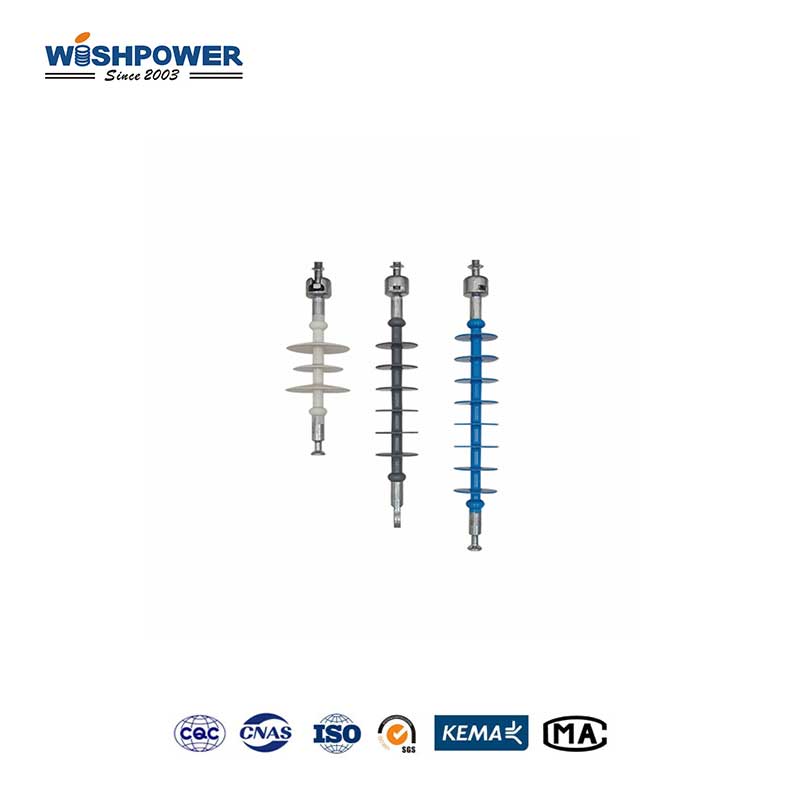Specification
| Type of Insulator |
FQB-1.5/15-JA |
FQB-1.5/15-JB |
| Specified Voltage |
1.5 kV |
1.5 kV |
| Specified Mechanical Tensile Failing Load |
70 kN |
70 kN |
| Specified Mecharical Bending Load |
15 kN |
15 kN |
| Section Length |
305 mm |
305 mm |
| Min Insulation Distance |
102 mm |
102 mm |
| Min. Nominal Creepage Distance |
180 mm |
180 mm |
| Lightning Impulse Withstand Voltage(Peak Value) |
110 kV |
110 kV |
| Power Frequency Withstand Voltage Test- Wet |
30 kV |
30 kV |
The table above is just one of our product parameters. If you want more information, please get in touch with info@wishpower.net or download the file below.
What is the JA. JB Type Long Rod Insulator?
The JA. JB-type long rod insulator is a specific type of line insulator designed for high-voltage overhead power transmission lines. These insulators are known for their elongated, rod-like shape and are made from materials such as porcelain or composite materials, which provide excellent mechanical and electrical performance. The “JA” and “JB” designations typically differentiate between standard and reinforced versions, with “JB” often indicating a model designed for higher mechanical stresses or more demanding environmental conditions. These long rod insulators are used to support and insulate conductors, preventing electrical leakage to the ground or supporting structures, and they are particularly effective in areas prone to heavy pollution or harsh weather conditions due to their streamlined shape, which reduces the accumulation of dirt and contamination. The robust construction and high tensile strength make them ideal for high-tension applications, ensuring reliable performance and enhanced safety for power transmission systems.
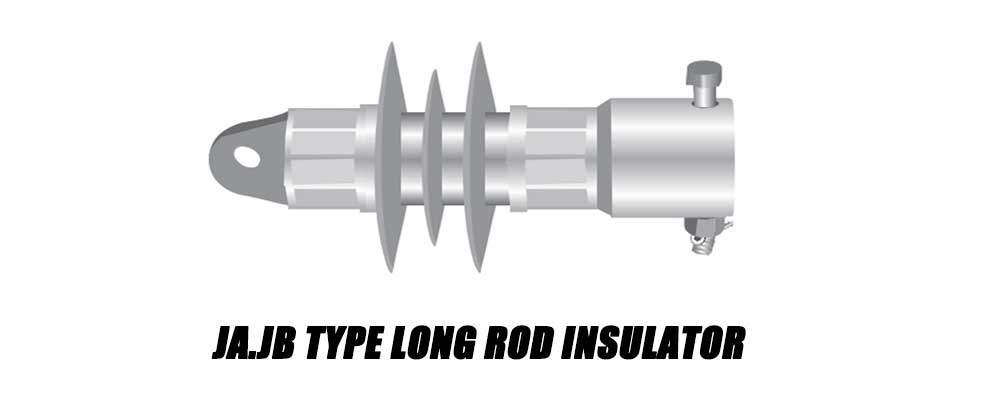
Features
- Design and Shape:
The long rod insulator features an elongated, rod-like design, which distinguishes it from other composite insulators like suspension or strain insulators that may have different shapes, such as disc or post configurations. This shape is optimized for high-voltage lines and long spans.
- Mechanical Strength:
The long rod design provides high tensile strength and is specifically engineered to handle significant mechanical stresses. This makes it more suitable for high-tension applications than other composite insulators designed primarily for bending or compressive forces.
- Insulation Performance:
It often has a streamlined profile that helps to reduce the accumulation of dirt and contamination, enhancing its insulation performance in polluted environments. Other composite insulators might have different profiles or designs that cater to different environmental conditions or electrical requirements.
- Application Specificity:
It is typically used in specific scenarios involving long spans and high mechanical loads. In contrast, other composite insulators, such as suspension insulators, are designed for different applications, like supporting conductors across towers, and may not be as optimized for high-tension environments.
- Construction Materials:
It is designed with specific material compositions to balance mechanical strength and electrical insulation. This might differ from other types that use variations in composite materials to address different performance requirements.
Benefits
- High Mechanical Load Capacity:
Its elongated, rod-like design allows it to support and withstand high mechanical loads, making it suitable for use in high-tension power lines with long spans. This capacity ensures the insulator can handle significant stress without failure.
- Enhanced Pollution Resistance:
The streamlined shape of this composite long rod insulator reduces the accumulation of contaminants, which helps maintain its insulation performance in polluted environments. This resistance is crucial for ensuring reliable operation in areas with high levels of airborne pollutants.
- Long Service Life:
The use of advanced composite materials and the design contribute to its durability and resistance to environmental degradation, extending its service life and reducing the frequency of replacements.
- Thermal Stability:
The materials used in it maintain their performance across a wide range of temperatures, ensuring reliable operation in both extreme heat and cold environments.
- Improved Aesthetic Integration:
The sleek design often blends more seamlessly with existing infrastructure, providing a more aesthetically pleasing appearance compared to bulkier insulator types.
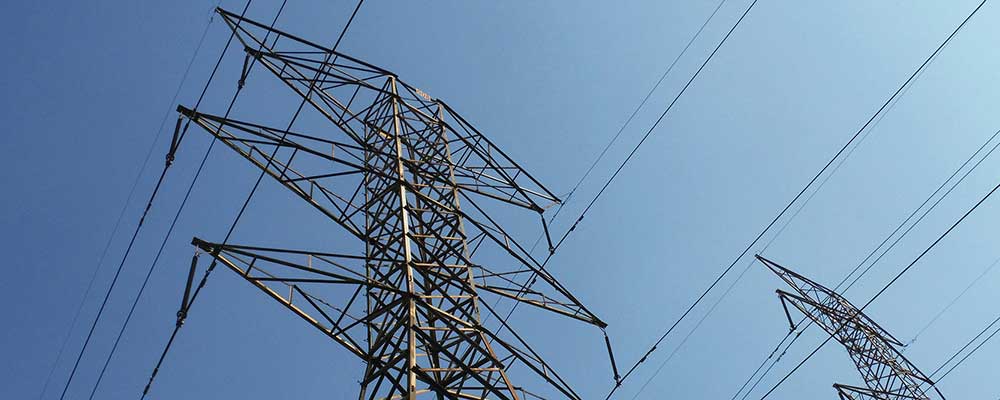
Application
- High Voltage Transmission Lines
These insulators are commonly used in high-voltage transmission lines, where they support and insulate the conductors, ensuring reliable power transmission over long distances. Their high mechanical strength and insulating properties make them ideal for handling the stresses of high-voltage lines.
- High Pollution Environments
It is used in areas with high levels of industrial pollution, salt-exposed coastal areas, or where dust and dirt buildup is severe. They help maintain electrical performance in these challenging conditions.
- Long Span Applications
Its design allows it to be used in long-span applications, such as spanning rivers, valleys, or other large obstacles. Their ability to withstand high mechanical loads and tension makes them suitable for these demanding scenarios.
- Extreme Weather Conditions:
These insulators are commonly used in areas that experience extreme weather conditions, such as strong winds, heavy ice loads, or significant temperature changes. Their rugged construction ensures reliable performance and stability in such environments.
- Upgrading Aging Infrastructure:
This rod insulator is also used to upgrade and replace aging infrastructure, especially older transmission lines that require higher-performance insulators to meet modern standards and reliability requirements.
Certificate
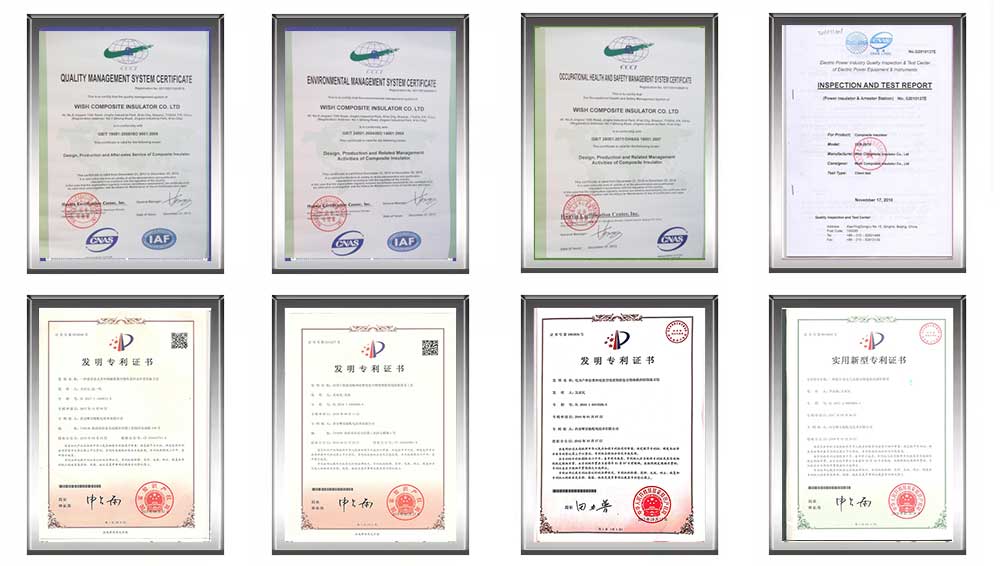
Factory
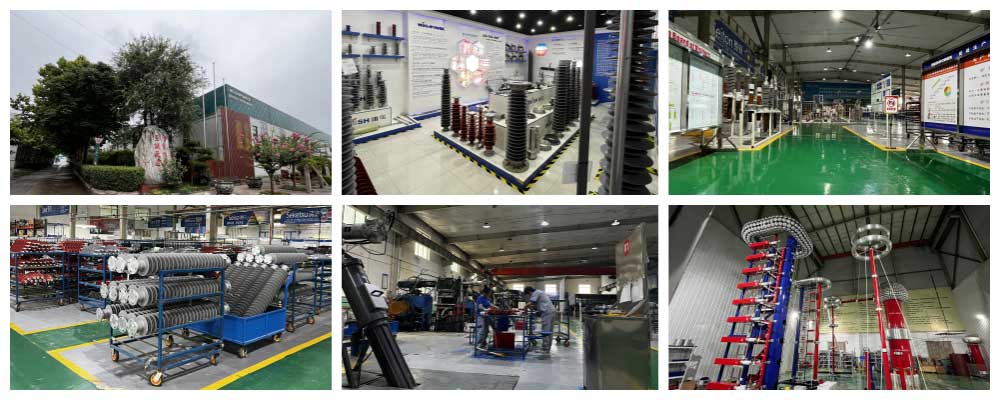
Hot Tags: JA. JB Type Long Rod Insulator, Composite Insulator, China, manufacturers, ISO factory, wholesale, KEMA, high quantity, best, price, low to high voltage






